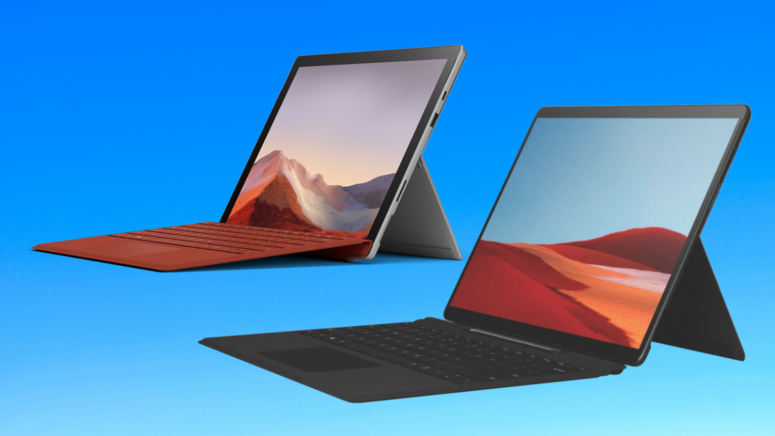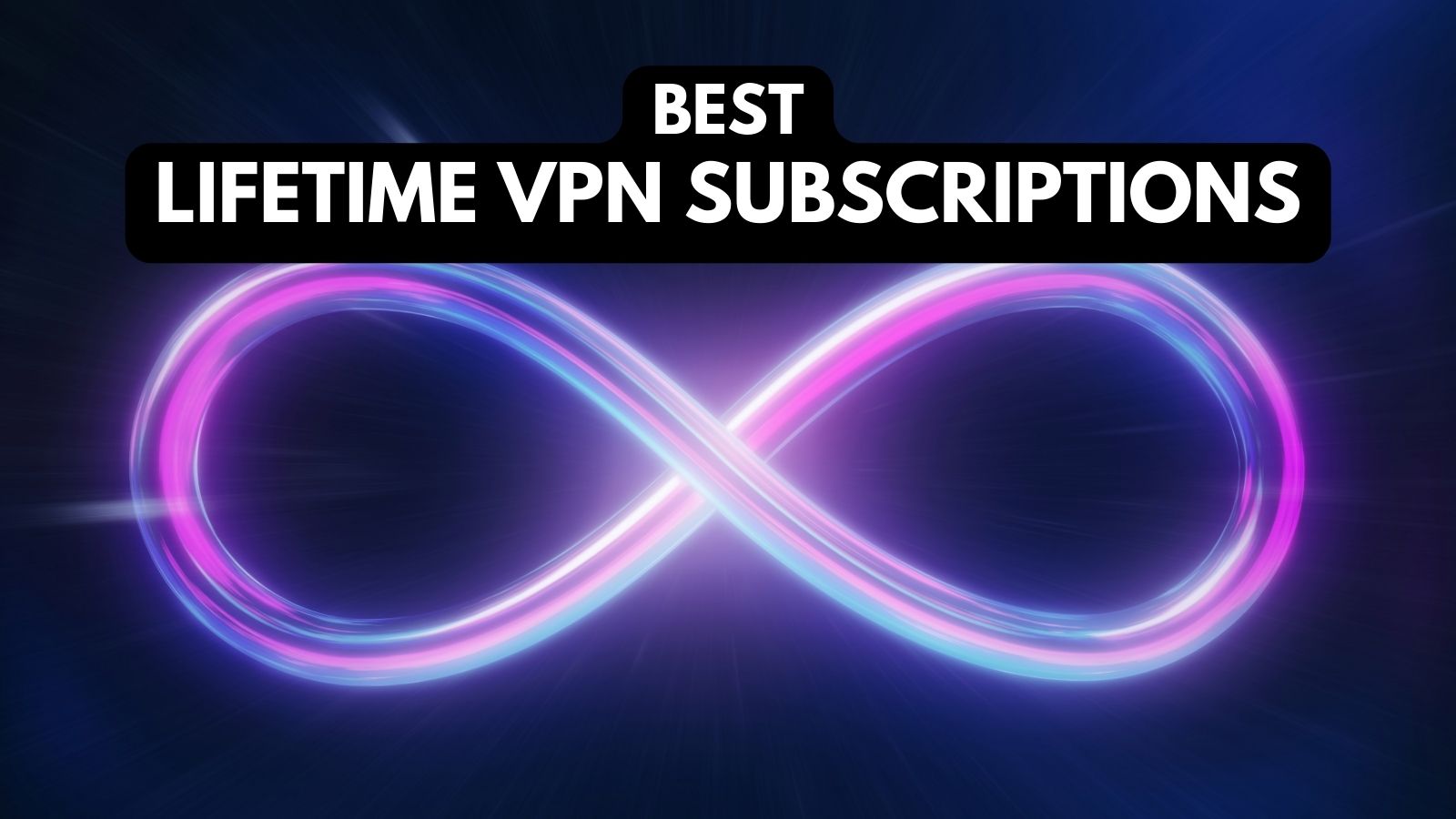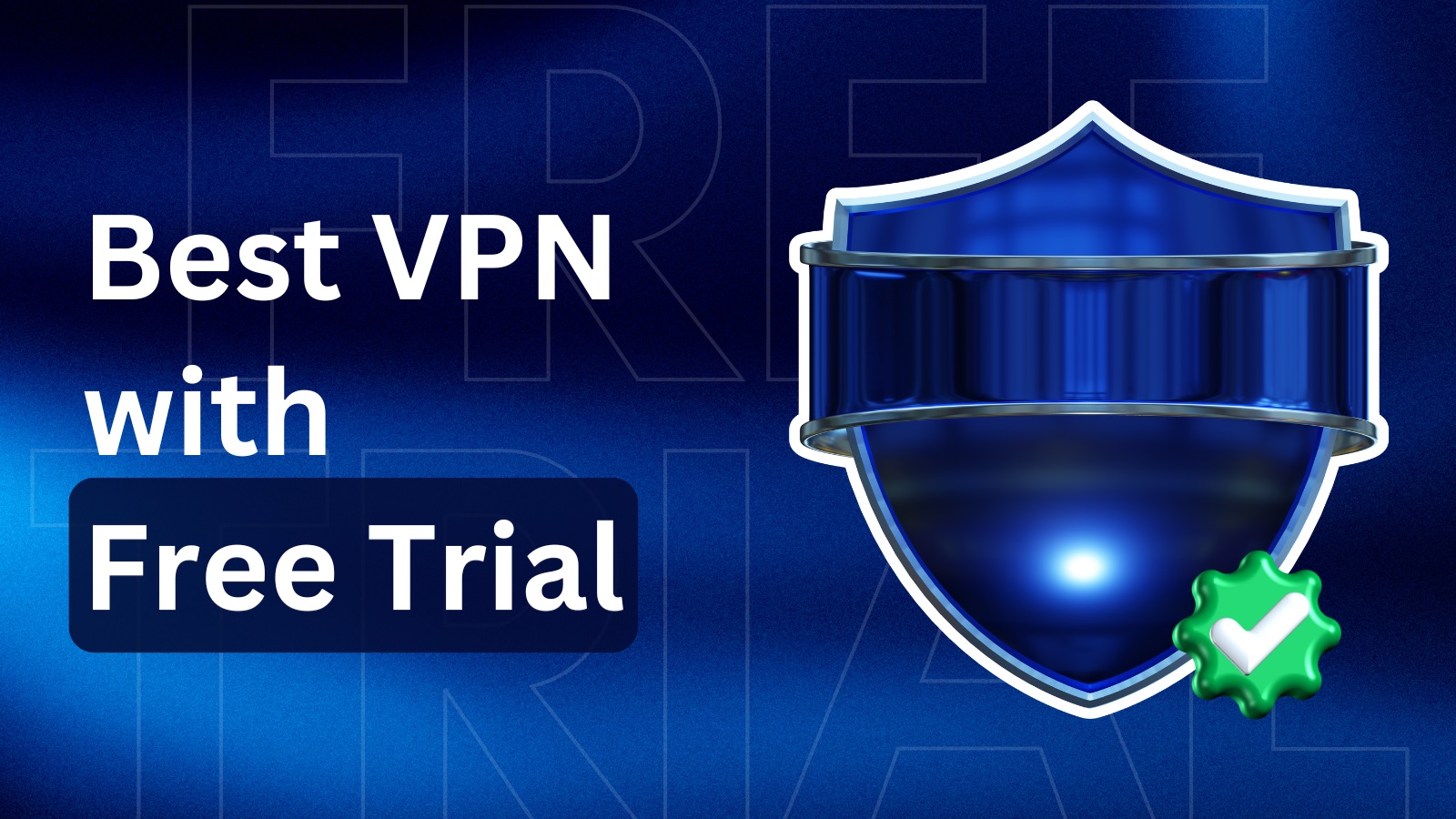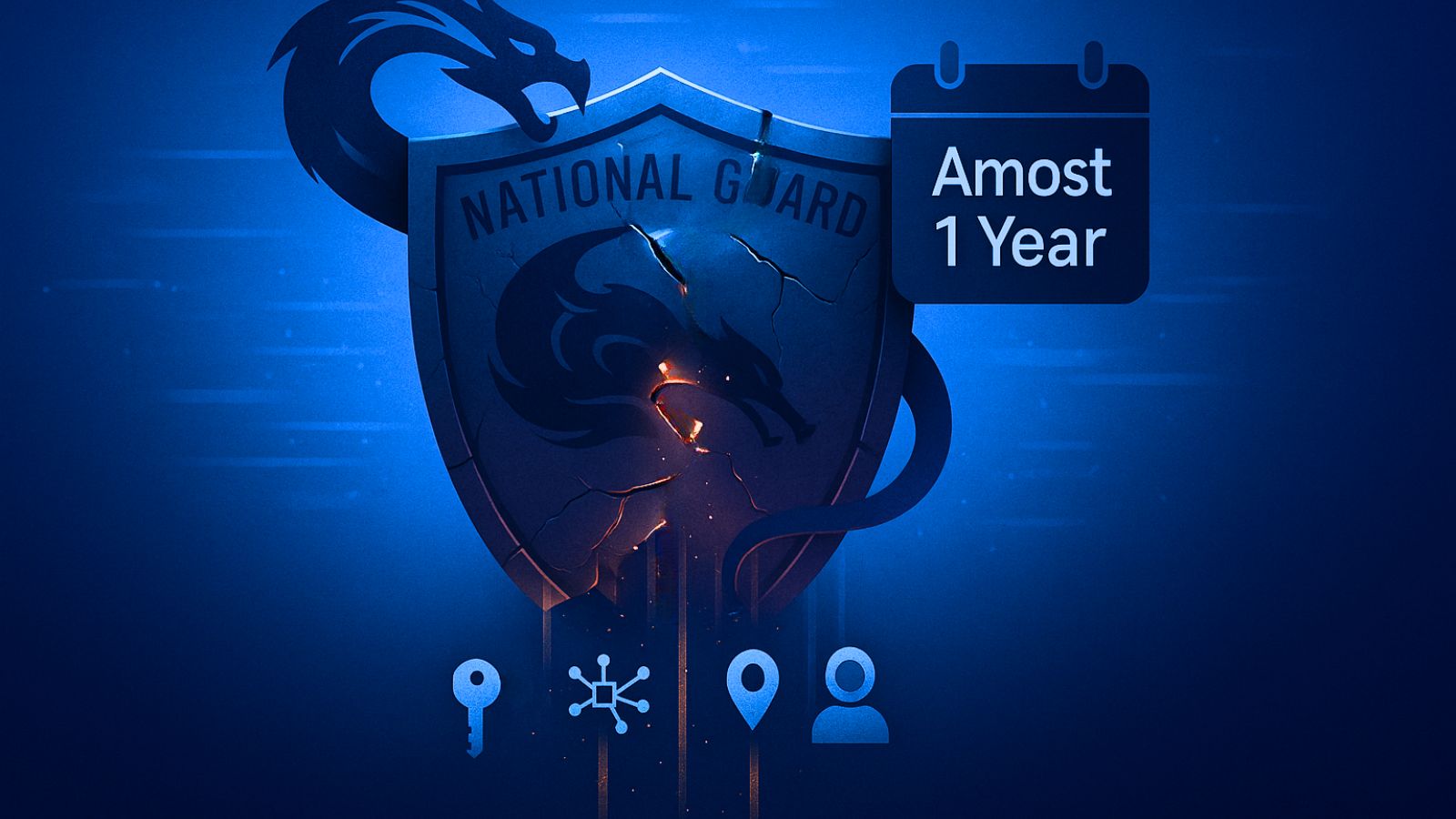
The Best Windows Tablets to Buy in 2020 – Go Mobile With Your Work
The tablet market is usually split between the Apple iPad and Android tablets. Still, Windows tablets are now gaining significant ground as they bring most features of a desktop PC to a tablet form factor. Windows tablets have started gaining ground ever since Microsoft introduced the Surface lineup. OEMs have since used that design to launch their own features and enhancements.
A few years ago, Microsoft announced the 'Windows 10 on ARM' platform that enables Windows to run on ARM processors such as the Qualcomm Snapdragon chipsets. It created a whole new line of Windows tablets that offered an always-on, always-connected PC experience with great battery life, similar to smartphones. While 'Windows 10 on ARM' is still a work in progress and x64 apps are not supported yet, it is clearly the way ahead for computing on the move.
With that information, let's take a look at the 8 best Windows tablets available today that include both ARM and x86 offerings.
1. Microsoft Surface Pro X
- SoC: Microsoft SQ1 processor
- Display: 13-inch PixelSense 2880 x 1920
- RAM / Storage (GB): 8 / 256
- Camera: Rear – 11 MP ; Front - 5 MP
- Battery: 5,039 mAh
- Dimensions (W x H x D): 11.3 x 0.28 x 8.2 in
The Microsoft Surface Pro X is a variation from the regular Surface lineup. It is based on the ARM platform and uses a custom-designed CPU called SQ1, made in collaboration with Qualcomm. It runs on Windows 10 on ARM, a version of Windows 10 made to run on Always On, Always Connected PCs, with all-day battery life and connectivity. While the 'Windows 10 on ARM' platform offers a similar experience to that of desktop Windows 10, the apps need to be specifically compiled in order to take advantage of the ARM processor. Regular x86 apps will run using an emulation layer, which may slightly hinder performance. The Surface Pro X is slimmer than the regular Surface models, and it comes with the optional Signature Keyboard and Slim Pen bundle. The Slim Pen is different from the conventional pen found in other Surface tablets that be docked neatly in the keyboard deck.
The Tablet offers just two USB 3.1 Type-C ports, both of which can output display or charge the device. There is no headphone jack, and users will have to use Bluetooth speakers or wireless headphones. The 13-inch PixelSense display with a resolution of 2280 x 1920 offers a respectable 267 PPI pixel density. Like all Surface devices, the Surface Pro X offers excellent cameras that are great for video calling or taking the occasional photo. Performance of the Surface Pro X is similar to any other Snapdragon 855-powered device — in some cases, it can be as good as an Intel 8th gen Core i5. It is fast enough for the intended applications, turns instantly on from standby, and offers decent battery life. If you can live with some of the limitations of Windows 10 on ARM, the Surface Pro X is easily one of the best Windows tablets you can buy.
- Pros: Thin, Always On LTE, Instant resume from standby
- Cons: 64-bit apps are not emulated
2. Microsoft Surface Pro 7
- SoC: Intel Core i5-1035G4
- Display: 12.3-inch PixelSense 2736 x 1824
- RAM / Storage (GB): 8 / 256
- Camera: Rear – 8 MP; Front - 5 MP
- Battery: 43.2 Wh
- Dimensions (W x H x D): 11.5 x 0.33 x 7.9 in
Surface Pro 7 is the best bet. The 7th generation of the Surface Pro comes with several essential upgrades, such as the use of 10nm Intel Ice Lake chips, USB Type-C ports, and an even slimmer form factor than the last generation. Like any other Surface, the Surface Pro 7 can also be bought with the optional Signature Type Cover with a premium Alcantara fabric and the Surface Pen. Although the Surface Pro 7 lets go of the mini DisplayPort, it now offers USB Type-C, which is even more versatile and can power two 4K 60 Hz displays. Unfortunately, there is no Thunderbolt 3 support, which means you cannot use eGPUs. A microSD card slot is available beneath the kickstand. Unlike the Surface Pro X, Surface Pro 7 does not come with LTE support. Despite the slim chassis, the onboard audio is great, with good mids and highs. Bass, of course, is lacking, but that's not a deal-breaker.
For daily office use, Surface Pro 7 offers enough processing power and battery life to get work done on the move. In terms of power efficiency, the Intel Ice Lake chip offers good advantages compared to the previous generation. Given the tablet form factor, there is no discrete GPU present, but Ice Lake provides a much improved integrated GPU compared to Coffee Lake. The rated battery capacity is 43.2 Wh, which should allow for about 10 to 12 hours of work per day, depending on the programs and background tasks. Overall, the Microsoft Surface Pro 7 is one of the best Windows tablets you can get with a stylus for enhanced productivity on the road.
- Pros: Ample processing power; Can run all x64 apps
- Cons: No Thunderbolt 3
3. Lenovo ThinkPad X1 Tablet
- SoC: Intel Core i7-8650U
- Display: 13-inch IPS 3000 x 2000
- RAM / Storage (GB): 8 / 256
- Camera: Rear – 8 MP; Front - 2 MP
- Battery: 42 Wh
- Dimensions (W x H x D): 12 x 0.6 x 8.9 in
The Lenovo ThinkPad X1 Tablet brings the greatness of the Lenovo ThinkPad range to a tablet form factor. The design and construction are similar to a regular ThinkPad notebook. Like the Surface devices, the ThinkPad X1 Tablet comes with a magnetic kickstand. The keyboard is detachable, and it is as functional and great for typing as the regular ThinkPad laptop keyboard. Lenovo also bundles a stylus along with the Tablet, so there's no need to scout for third-party options. Few Windows tablets on the market compare to the strength and durability the ThinkPad X1 offers. This device has MIL-STD 810G certification to withstand extreme temperatures, mechanical shocks, and even fungus. Other classic Lenovo security features include Intel vPro, IR cameras for Windows Hello login, and a TPM chip. Lenovo has endowed the X1 Tablet with a nice 3K IPS panel that is great for multimedia, with a 118% sRGB coverage and a 415-nit brightness. The keyboard has good travel skills like any other Lenovo keyboard, and the trackpad supports Windows Precision drivers. The stylus supports 4,096 levels of pressure sensitivity.
Audio from the X1 Tablet is fine for private listening, as long as there isn't much disturbance in the room. Ideally, you would want to hook up headphones for a more immersive listening experience. The processing power of the Core i5-8250U is okay for daily use, and the 8 GB RAM and 256 GB storage should be adequate as well. While this configuration gets the job done with minimal fuss, it won't break any benchmark records. The only negative side here is that Lenovo bundles its usual set of bloatware. Of course, they can be removed to recover previous NVMe SSD space. The Lenovo ThinkPad X1 was one of the best Windows tablets in 2018 and continues to be so even in 2020.
- Pros: Good keyboard; Bright display
- Cons: Bloatware
4. Chuwi Hi10 X
- SoC: Intel N4100
- Display: 10.1-inch IPS 1920 x 1200
- RAM / Storage (GB): 6 / 128
- Camera: Rear – 5 MP ; Front - 2 MP
- Battery: 38 Wh
- Dimensions (W x H x D): 8.53 x 0.38 x 6.58 in
Not many would have heard the name Chuwi, but that's understandable. Chuwi is a Chinese company that has been making Surface clones for several years now. The Chuwi Hi10 X takes a lot of cues from the Surface lineup and offers a decent Windows tablet experience as long as you don't have high expectations. Chuwi uses a premium unibody construction, and it is just 0.38 inches thick. The display is an FHD IPS panel with decent sRGB coverage and good black levels. The entry-level Intel N4100 processor powers this Windows tablet, meaning it is only suitable for basic tasks, such as streaming video, internet browsing, and document creation. Anything more and you would run into a laggy experience. Storage is another limitation on this device, and it tops out at 128 GB. With Windows 10 itself taking up a good chunk of the room, you are likely to run into a full disk soon. However, this can be largely mitigated if you primarily store your files in the cloud or external storage.
Chuwi sells the keyboard and stylus separately. While they are not out of this world in terms of functionality, they offer standard typing and pen experience, in line with the price. The Tablet supports only up to Wi-Fi 802.11n, but it provides a decent port selection. If you are on the lookout for a cheap Windows tablet for kids or as a backup, the Chuwi Hi10 X is worth a look. However, do remember that you are on your own when it comes to product support and troubleshooting.
- Pros: Affordable; Decent screen
- Cons: Weak CPU; No professional support available
5. Lenovo Yoga C630 WOS
Windows 10 on ARM hasn't really taken off how Microsoft would have liked, but that has not stopped OEMs from releasing Windows tablets based on this OS. The Lenovo Yoga C630 WOS is an Always On, Always Connected PC powered by the Qualcomm Snapdragon 850 SoC. It also comes with 8 GB of RAM and a 128 GB SSD. Being a Snapdragon 850 chip, the Yoga C630 is slated to offer an all-day battery life of up to 22 hours on a single charge. An optional Lenovo Active Pen 2 can be used with this Tablet for an additional $47. Lenovo markets the Yoga C630 WOS as a 2-in-1 laptop rather than a tablet. That said, the device offers a variety of convenient foldable positions, blurring the line between conventional tablets and laptops. The build quality of the Yoga C630 is a classic Lenovo one, and it comes with a modest set of two USB Type-C ports and a 3.5 mm headphone jack. The keyboard is backlit and includes an integrated fingerprint reader as well. Like many other Lenovo laptops, typing on this keyboard is a breeze as long as you don't mind the swapped Fn and Ctrl keys.
The C630 WOS comes with Windows 10 S, a version of Windows that works only with apps from the Microsoft Store. You can, of course, convert this into Windows 10 Home by purchasing a key online. Most users would want to do that, as it allows for running more applications than what Microsoft Store offers. Even if do convert the OS to Windows 10 Home, the limitations of ARM apps still apply. The primary demographic of the Lenovo Yoga C630 WOS would be those who value battery life more than anything. Regarding that aspect, the Snapdragon 850 offers a near-smartphone like connectivity and always-on experience. Microsoft is expected to add ARM64 support to Windows in a future update, so this still makes an excellent Snapdragon-based Windows tablet - as long as you know it will run the only the most common apps.
- Pros: Excellent battery life; Good keyboard
- Cons: Not all apps work on ARM
6. Microsoft Surface Go
- SoC: Intel Pentium Gold 4415Y
- Display: 10-inch PixelSense 1800 x 1200
- RAM / Storage (GB): 8 / 128
- Camera: Rear – 8 MP; Front - 5 MP
- Battery: 3,411 mAh
- Dimensions (W x H x D): 9.6 x 0.33 x 6.9 in
For students and casual users looking at the best Windows tablets under $500, the Surface Go perfectly fits the bill. The Surface Go is known more for its portability than computing prowess, so that should be factored while considering this Tablet. The Surface Go makes for a good student companion and provides more features than what an Android or Chromebook typically offers in this price range. The Surface Go comes with Windows 10 S as the default OS. While Windows 10 S should be able to get most of the job done, it cannot install apps outside the Microsoft Store, which may be limiting for some users. However, there is an option to purchase a Windows 10 Home license and unlock all regular Windows features. The Surface Go offers a very modest port selection — you get just a Surface Connect Port, a USB 3.1 Type-C port, and a microSD card reader. That being said, you can expand the ports using the Surface Dock or a USB Type-C hub. The Surface Type Cover feels great to type on, and despite the small form factor, it somehow manages to house a pretty large trackpad that is fully compliant with Windows Precision drivers.
The 1800 x 1200 PixelSense display is not as sharp as that of the iPad's but is very beautiful and produces excellent colors with wide viewing angles. The Surface Go continues to offer the same 3:2 aspect ratio that allows for more productivity compared to conventional 16:9 panels. The bezels seem somewhat large for a 2020 tablet, but they allow for better grip without accidental touches. The speakers are good, and though they lack bass, they are still adequate for general use. The Surface Go's Pentium 4415Y does not break any benchmark records and is definitely not a match for the iPad's A10 processor, but it should be just fine for running Office apps, streaming videos, or browsing the web. The integrated Intel HD Graphics 615 allows for decent multimedia capabilities, and you can also run games such as Minecraft or use Paint 3D without issues. The major downside with the Surface Go is the low battery life. Though Microsoft promises nearly 9 hours with continuous use, real-life usage may not last that long.
- Pros: Good portability; Can run all Windows apps
- Cons: Poor battery life
7. Dell Latitude 7200 Tablet
- SoC: Intel Core i7-8665U
- Display: 12.3-inch 3:2 1920 x 1080
- RAM / Storage (GB): 16 / 512
- Camera: Rear – 8 MP; Front - 5 MP
- Battery: 38 Wh
- Dimensions (W x H x D): 11.5 x 0.37 x 8.22 in
While the Microsoft Surface Pro 7 can be readily configured for business, Dell is also offering a viable alternative with the Latitude 7200 model. The Latitude 7200 comes with an optional detachable keyboard and active pen, and the Intel Core i7-8665U processor powers it with additional vPro enterprise business management features. The Latitude 7200 offers a fairly high-end specification, with 16 GB RAM and a 512 GB SSD. You can also configure the Tablet with lower specs to save some money. Irrespective of the internal specs, all configurations come with a 3:2 FHD screen that can be configured with an optional IR camera for Windows Hello logins. Other options include a Smart Card reader and LTE. Dell implements a similar kickstand arrangement as the Surface lineup, that can go up to 150 degrees. Since this Windows tablet's target is a business environment, it offers a decent port selection, including a USB 3.1 Type-A port, two Thunderbolt 3 ports, and a microSD card reader. More ports can be added via any compatible Thunderbolt 3 docks. Also available are an 8 MP rear camera and a 5 MP front-facing camera, and both do a decent job.
The FHD display supports a 99% sRGB color gamut and 300 nits. The brightness should be sufficient for indoor use, but it can be problematic when used in direct sunlight. The Core i7-8665U offers enough horsepower to get things done on the move, while not being too harsh on the battery. When properly managed, getting a full day's worth of work done away from the charger is not much of an issue with this model. Due to the slim chassis, the device does run a bit warm, but it is not too hot to touch. A bigger battery would have made the Dell Latitude 7200 the ultimate mobile workhorse, but even with the default configuration, it is still one of the best Windows tablets for business purposes that you can buy.
- Pros: Good specifications; Business management features
- Cons: Battery life can be better
8. HP Zbook X2-G4
- SoC: Intel Core i7-8650U
- Display: 14-inch DreamColor 3840 x 2160
- RAM / Storage (GB): 32 / 512
- Camera: Rear – 8 MP ; Front - 720p
- Battery: 70 Wh
- Dimensions (W x H x D): 14.35 x 0.53 x 8.94 in
While most tablets in this list can do some sort of creative work thanks to the pen support, the HP Zbook X2 G4 is what you should be looking at if you need the best Windows tablet for creatives. The HP Zbook X2 G4 is a complete mobile workstation with all components within the tablet chassis itself. That means adding the keyboard does not alter the core tablet performance or battery life in any manner. HP made this Tablet with a heavy focus on creative professionals on the move. Though the display is just about 14 inches, the Zbook X2 has thick bezels, and that's for a reason - the bezels contain 12 shortcut keys that offer quick functions to commonly used tools in Adobe Creative Cloud applications. Speaking of the display, the Zbook features a full 4K IPS 10-bit panel that covers 100% of the Adobe RGB color space, making it an excellent tool for photo and video editing pros. The internal specs are no less stellar. It is powered by an Intel Core i7-8650U processor, 32 GB of RAM, up to a 1 TB SSD, and a discrete NVIDIA Quadro M620 GPU. HP also offers a 4,096-pressure level Wacom pen with ultra-low latency.
Given the thickness of the Tablet, port selection is very good, with two Thunderbolt 3 ports that can drive two additional 4K monitors, one USB 3.1 Type-A, one HDMI 1.4-out, an SD card reader, and a 3.5mm combo audio jack. Apart from the IR camera, there is also an integrated fingerprint reader. The Tablet's excellent performance when it comes to creative apps is made possible by the Intel Core i7-8650U processor. While the Quadro M620 aids in GPU tasks, it is not as powerful compared to current offerings. The HP ZBook X2 G4 is made with creative pros in mind, but it is still a great all-purpose Windows tablet for any use case.
- Pros: 4K display; Shortcut keys for Adobe apps; Discrete GPU
- Cons: Bulkier than the competition.
Dear readers, that was our roundup of the best Windows tablets you can buy today. As with any tech purchase, you must assess your workflow and choose your Tablet accordingly. Let us know if you need any suggestions or help in the comments, and we'll get back to you at the earliest.












